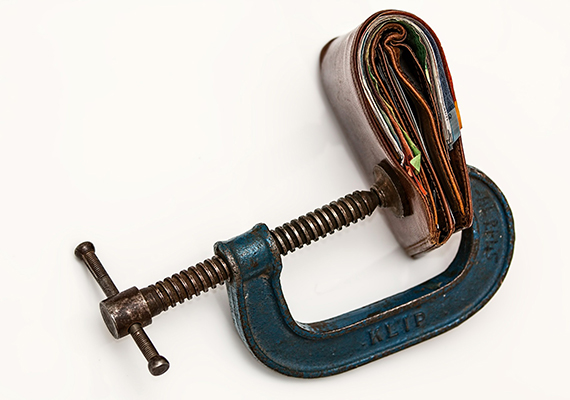
European authorities will once again measure the banking sector’s resistance. A selection of the main banking firms will face the new EBA’s stress test. What changes on this occasion?
4 march 2016
First of all, what is a stress test?
A banking stress test is, according to Investopedia.com’s definition, an analysis which simulates unfavourable economic scenarios with the purpose of determining if a bank has enough resources to bear the impact of adverse incidents. The idea is to determine the bank’s capacity and stability as well as their feebleness (lack of resources, in this case), and solving them before they turn into a problem.
Who carry it out?
The European Banking Authority (EBA), in collaboration with national authorities, the European Central Bank (ECB) – for those entities which are part of the Eurozone – and European Systemic Risk Board (ESRB). It coordinates results and their publication, however other supervisory authorities will be in charge of the decision-making and the subsequent recapitalisation.
What banks will be tested?
On this occasion, 51 financial entities will be analyzed by EBA, 37 of which are Eurozone members and represent 70% of the community assets. Evaluated banks must have at least €30 billion in assets.
In the end, the Finnish Op Osuuskunta and the National Bank of Greece fell from the provisional list presented in November 2015: the first one because a merger process and the second one because it already underwent the ECB's evaluation in 2015.
Spanish banks that will be evaluated are: Santander, BBVA, Criteria Caixa Holding, BFA-Bankia, Banco Popular and Banco Sabadell. Unlike 2014’s test, Kutxabank, Bankinter, NCG Banco/ABANCA, Unicaja, BMN, Cajamar, Ibercaja and Liberbank (the only one which provisionally failed, because of its low resources ratio) won’t be in.
Curiously enough, from the 25 firms that failed 2014’s test (although 12 of them reinforced their resources before the results were published), only two of them will be tested: Monte dei Paschi di Siena and Banco Popolare, both Italian.
What risks will be evaluated?
The analysis will be focused on the protection of the banking sector against four systemic risks: a reversion of global risk premiums, amplified because of secondary market’s low liquidity; poor profitability prospects in a situation of poor nominal growth; an increasing concern for debt sustainability in public and private non-financial sectors; and finally, what stress the “shadow banking sector” (unregulated entities that provide financial services) could cause.
This scenario is equivalent to a 7.1% deviation of the Eurpean Union’s GDP in 2018 (estimates are made from the three years following 2015’s data). This the methodology that is applied:
Select an image to enlarge.
How can the banks pass this test?
In short, they can’t. Neither can they fail. Test results will be announced to the ECB and national authorities, who will then meet up with each bank in order to take any suitable measures (if necessary), all of this under the supervisory review and evalution process (SREP). Beating a Tier 1 minimum capital level won’t be necessary, as was the case in the previous test (8% for the base scenario and 5.5% for the adverse scenario in 2014).











